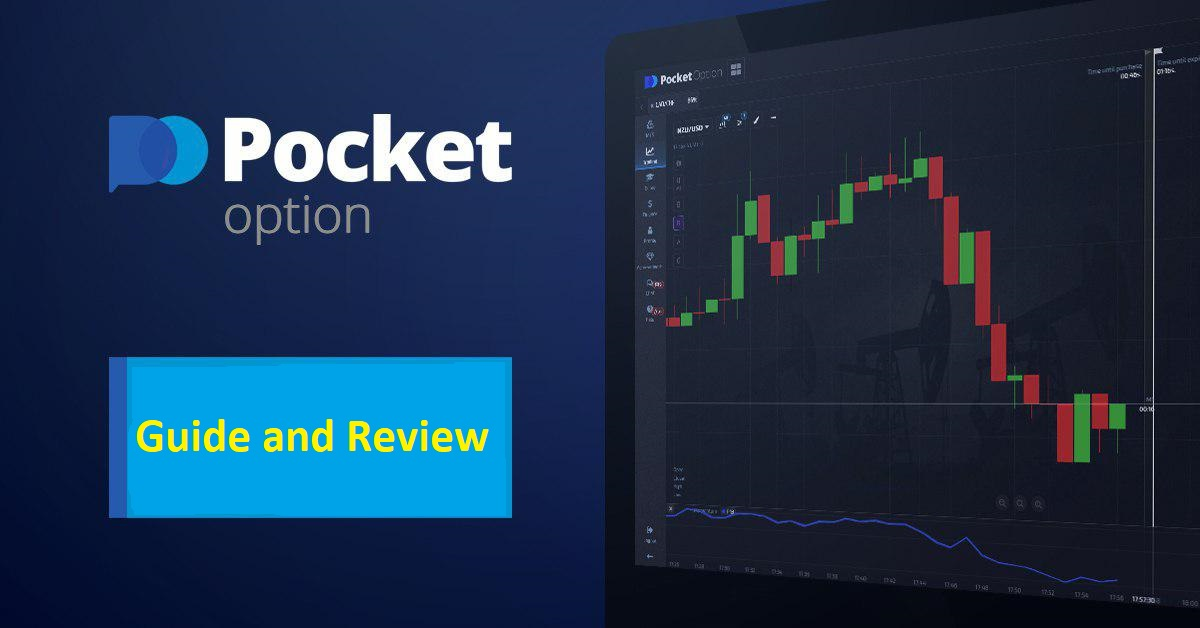Creating a Successful Bot for Pocket Option

Creating a Successful Bot for Pocket Option
In the ever-evolving world of online trading, tools and technologies play a crucial role in shaping success. One of the most innovative solutions designed to enhance trading efficiency is a Bot for Pocket Option бот для Pocket Option, which can automate trading processes and help traders make informed decisions. This article delves into the significance, development, and operational strategies of such bots, specifically tailored for the Pocket Option platform.
Understanding Pocket Option
Pocket Option is a popular online trading platform that allows users to trade various financial instruments, including forex, cryptocurrencies, and commodities. Known for its user-friendly interface and competitive payouts, it has attracted a wide range of traders from beginners to professionals. The platform also supports various trading strategies, making it an ideal choice for implementing bots.
The Role of Trading Bots
Trading bots are automated software applications that execute trades on behalf of users based on predefined criteria. Their primary purpose is to enhance trading efficiency by executing trades at optimal times, freeing traders from manual operations, and minimizing emotional decision-making. Here are some key benefits of using a bot for Pocket Option:
- 24/7 Trading: Bots can monitor the market and execute trades around the clock, capturing opportunities even when the trader is unavailable.
- Emotion-Free Trading: Bots operate based on logic and predefined rules, eliminating emotional biases that can negatively impact trading decisions.
- Backtesting Capabilities: Traders can test their strategies in the historical data to assess their viability before deploying them in live trading situations.
- Speed and Efficiency: Bots can analyze market conditions and execute trades much faster than a human could, potentially leading to better trade outcomes.
Getting Started with Bot Development
To create an effective trading bot for Pocket Option, consider the following steps:
1. Define Your Trading Strategy

Before programming a bot, it’s crucial to have a clear understanding of your trading strategy. This includes defining your risk tolerance, desired asset classes, trading frequency, and profit targets. Establish distinct rules for when the bot should enter and exit trades.
2. Choose a Programming Language
Most trading bots are developed using programming languages such as Python, JavaScript, or C#. Python is particularly popular due to its simplicity and the wide range of libraries available for data analysis and trading.
3. Use Pocket Option API
Pocket Option provides an API that developers can use to interact with the trading platform programmatically. Familiarize yourself with the API documentation to understand how to place orders, retrieve account balances, and access market data efficiently.
4. Implement Your Strategy
Translate your trading strategy into your bot’s logic. Ensure that your code can make decisions based on market data and that it implements your entry and exit rules accurately. You may also want to include risk management features, such as stop losses and take profits.
5. Backtest Your Bot
Before deploying your trading bot in a live environment, it’s essential to backtest it using historical data. This will help you evaluate the performance of your strategy under different market conditions and refine it as necessary.
6. Monitor and Optimize

Once your bot is live, continuous monitoring is essential. Keep track of its performance and make adjustments as needed. Market conditions are dynamic, and what worked in the past may not work in the future, so be willing to adapt your strategy accordingly.
Common Challenges and Solutions
While trading bots can be incredibly useful, they do come with challenges. Here are some common issues traders face and potential solutions:
- Market Volatility: A highly volatile market can lead to unexpected losses. Implement stop-loss features and regularly review your strategy to adapt to changing conditions.
- Technical Issues: Connectivity problems or bugs in the code can hinder your bot’s performance. Regularly test your bot in a safe environment to manage technical risks.
- Overfitting: A strategy that performs well only on historical data may not necessarily yield the same results in real-time trading. Avoid overfitting by simplifying your model and ensuring it’s robust across different scenarios.
The Future of Trading Bots in Pocket Option
As technology advances, trading bots are likely to become more sophisticated. Machine learning and artificial intelligence are trends shaping the future of automated trading. These technologies can enable bots to make more nuanced decisions based on large datasets, further maximizing trading opportunities.
Conclusion
Implementing a bot for Pocket Option can significantly enhance your trading experience by automating processes, minimizing emotional decision-making, and allowing for continuous market monitoring. By understanding the fundamentals of bot development, continuously optimizing strategies, and being aware of the challenges involved, traders can leverage the full potential of automated trading. As technology progresses, staying updated with the latest trends in trading bots will be key to maintaining a competitive edge in the world of online trading.
Further Reading and Resources
For those looking to delve deeper into bot development for Pocket Option, consider exploring the following resources:
- Pocket Option Bot Development
- Building a Trading Bot in Python
- How to Build a Trading Bot
